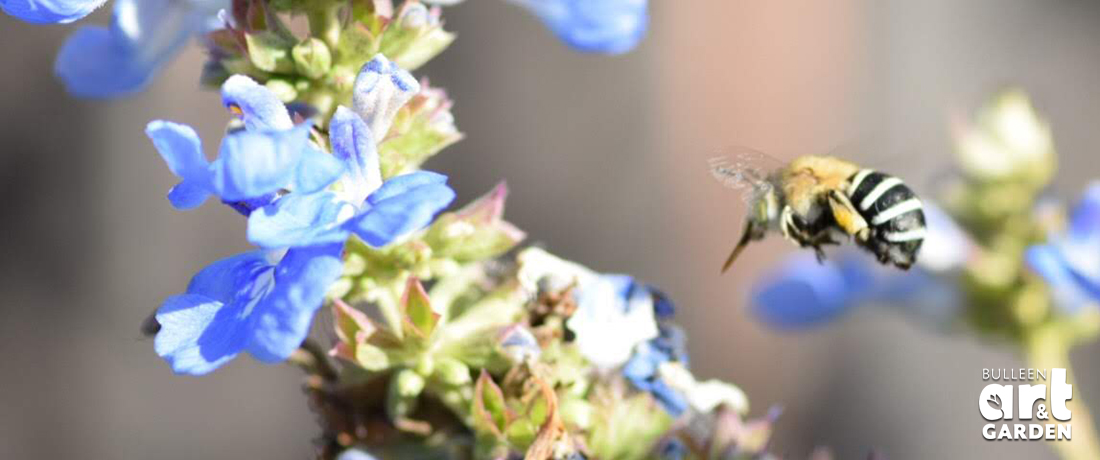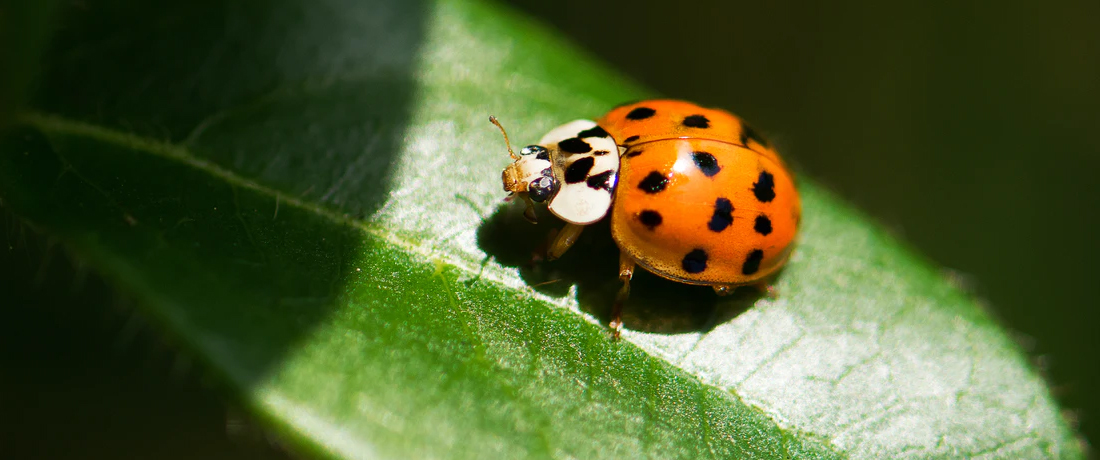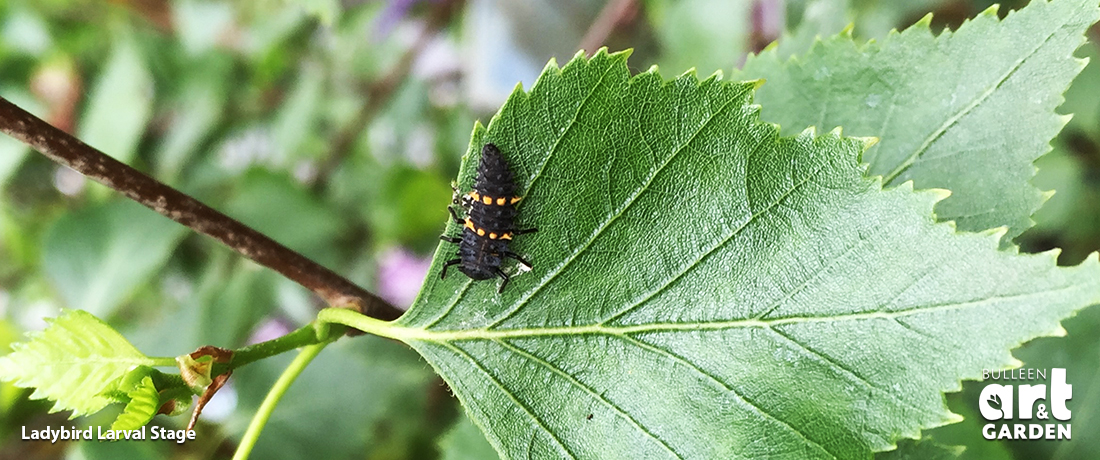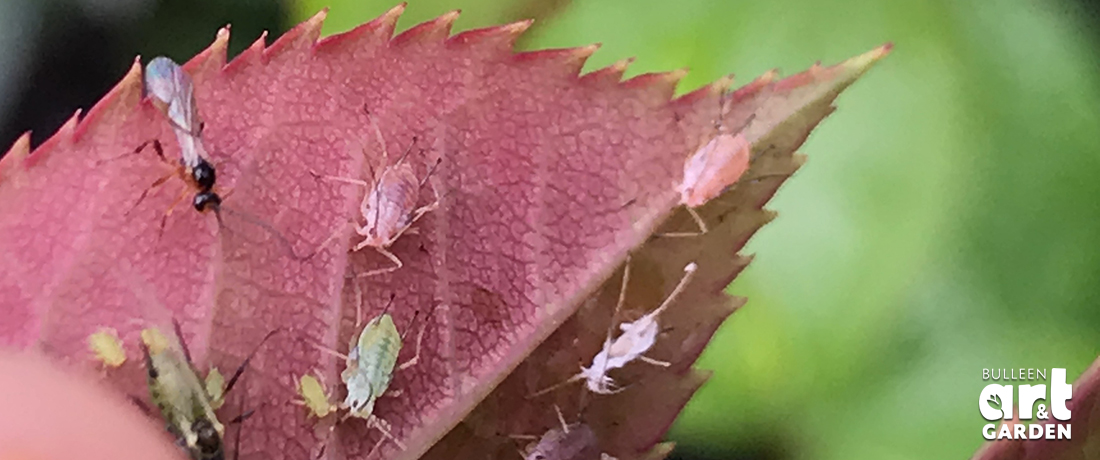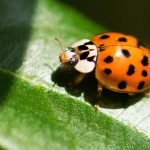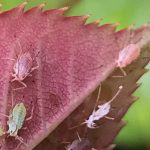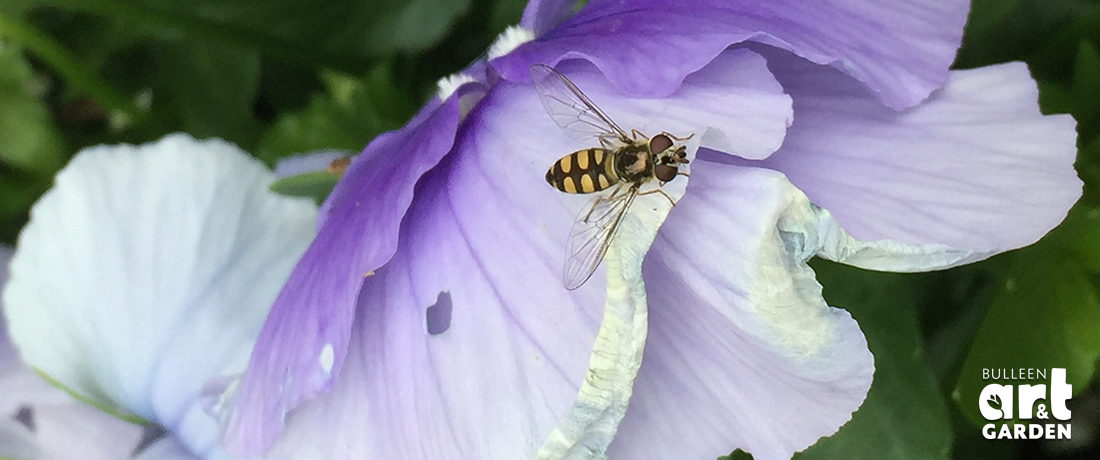
Most people know that one of the benefits of companion planting is to attract bees which help pollinate fruiting plants. However, an equally vital benefit is attracting insects which will prey on and control pest insects such as aphids. Giving these beneficial insects an environment in which to thrive, helps ensure a healthy balance in your garden and can dramatically reduce the need for sprays to control problem pests.
Insects are a natural part of our environment, no matter how we look at it. Launching a full frontal assault on your aphid infestation may stop them eating your tomato for that week, but it will only be a mere speed hump in the natural cycle of the species.
Also, chemical sprays are non-selective, and will kill off any life forms in your garden, including any predatory bugs that would otherwise eat those pesky aphids for lunch, and those that pollinate our fruits and vegetables. Oh, and those chemicals don’t just disappear in the next rain shower – they become part of the makeup of the garden and reside in the soil, stored in plant cells and the run off goes into our water table. It ends up in the food we eat and the water we drink. At the end of the, you are still going to get pests in the garden.
As an overall approach to you garden pest problems, here is a list of things you can do:
1. Plant Health – feed and water as required. Feed plants earlier in the season so new growth can harden up quicker before pests can build up in numbers
2. General Housekeeping – clear away all diseased and infested plant material, and debris that harbour pests (ie snails hide in empty plant pots during the day as they are nocturnal )
3. Good Bug Seeds and Mixes – include plants that attract insect pest predators that need pollen and nectar to feed on as adults, like large, flat open flowers and blue flowers. It’s the offspring of these bugs that feed on aphids and other pest bugs.
4. If possible, keep insect habitats, like old logs and garden debris in shrubberies and away from precious seedlings, as we need as many different types of bugs as possible.
5. Physically remove garden pests where possible
6. If you need to use chemicals to spray, then do so in the late afternoon or early in the evening as the good bugs feed in the daylight hours and take shelter in the evenings.
Beneficial Bugs include Green Lacewings, Predatory Mites, Honey Bees & Native Bees, Predatory Wasps, Ladybirds & Hoverflies. Below are some pictures and planting suggestions for attracting beneficial bugs.
You can buy beneficial bugs from Bugs for Bugs or from Biological Services and they will express post them to you. This is a brilliant service, and we use it every year.
Plant List for Beneficial Bugs:
Achillea filipendulina – Ferne Leaf Yarrow
Ajuga reptens – Carpet Bugleweed
Alyssum – Sweet White Anethum graeveolens – Dill
Anthemis tinctoria – Golden Marguerite
Carum carvi – Caraway
Chrysanthemum parthenium – Feverfew
Coriandrum savitum – Coriander
Cosmos bipinnatus – White Cosmos
Daucus carota – Queen Annes’Lace
Lavandula angustifolia – English Lavender
Lobelia erinus – Lobelia
Melissa officinalis – Lemon Balm
Mentha pulegium – Pennyroyal
Mentha spicata – Spearmint
Monarda sp. – Bergamot
Petroselinum crispum – Parsley
Sedum spurium – Stonecrops
Tagetes tenufolia – Single Flowered Marigolds
Tanacetum vulgare – Tansy
Thymus serpylum coccineus – Crimson Thyme
